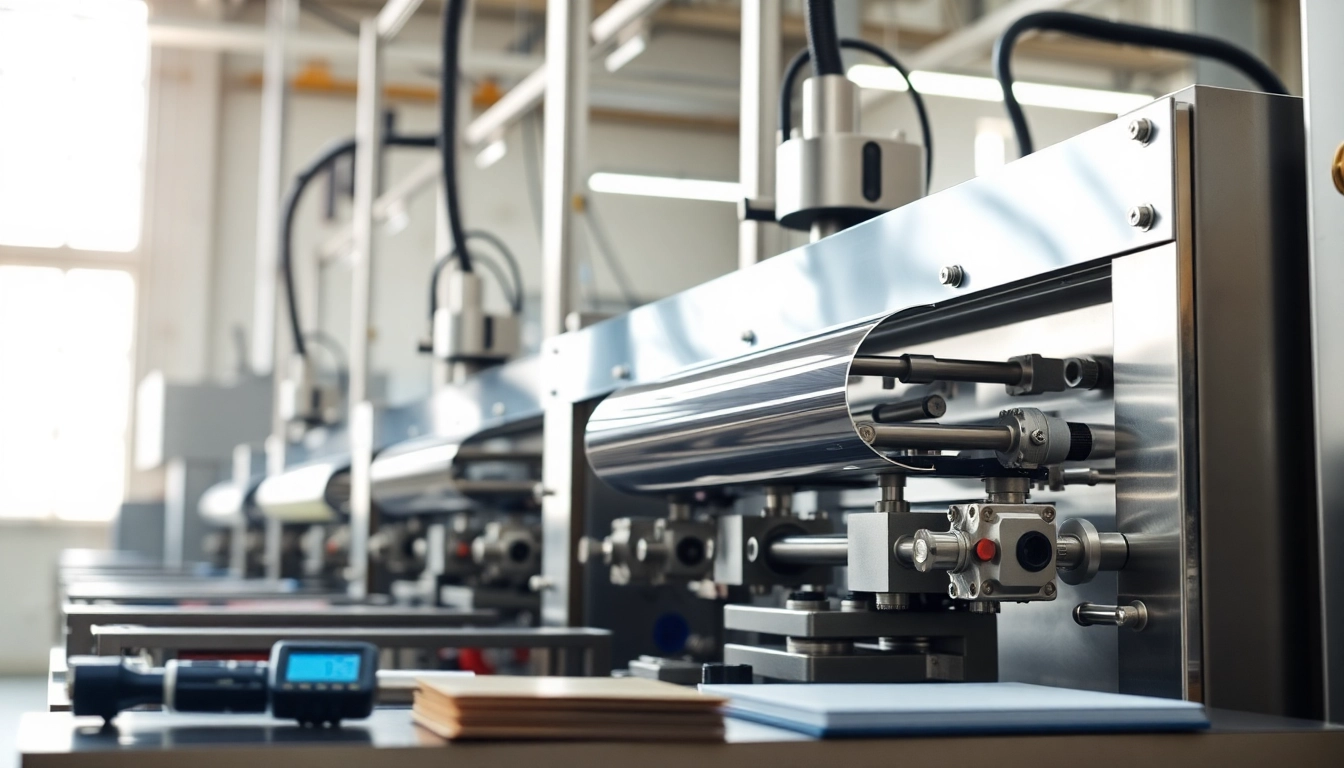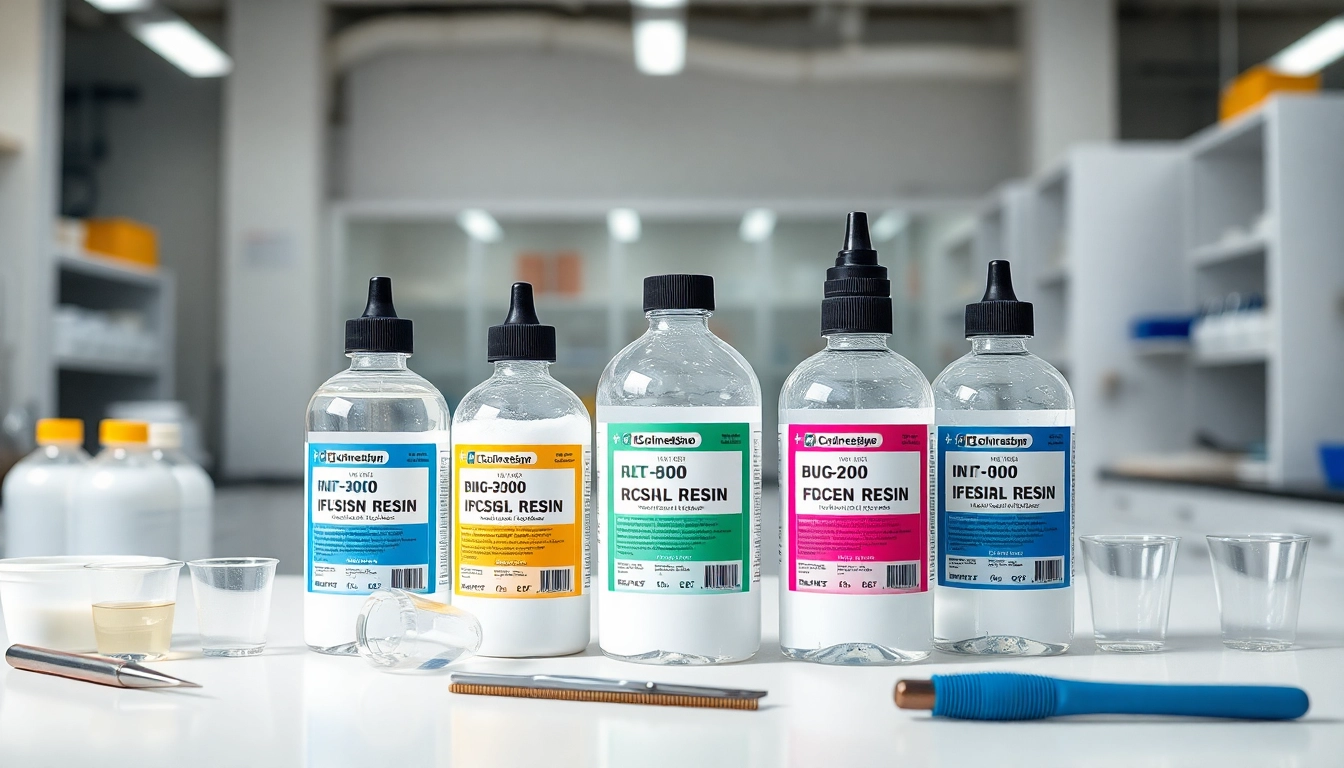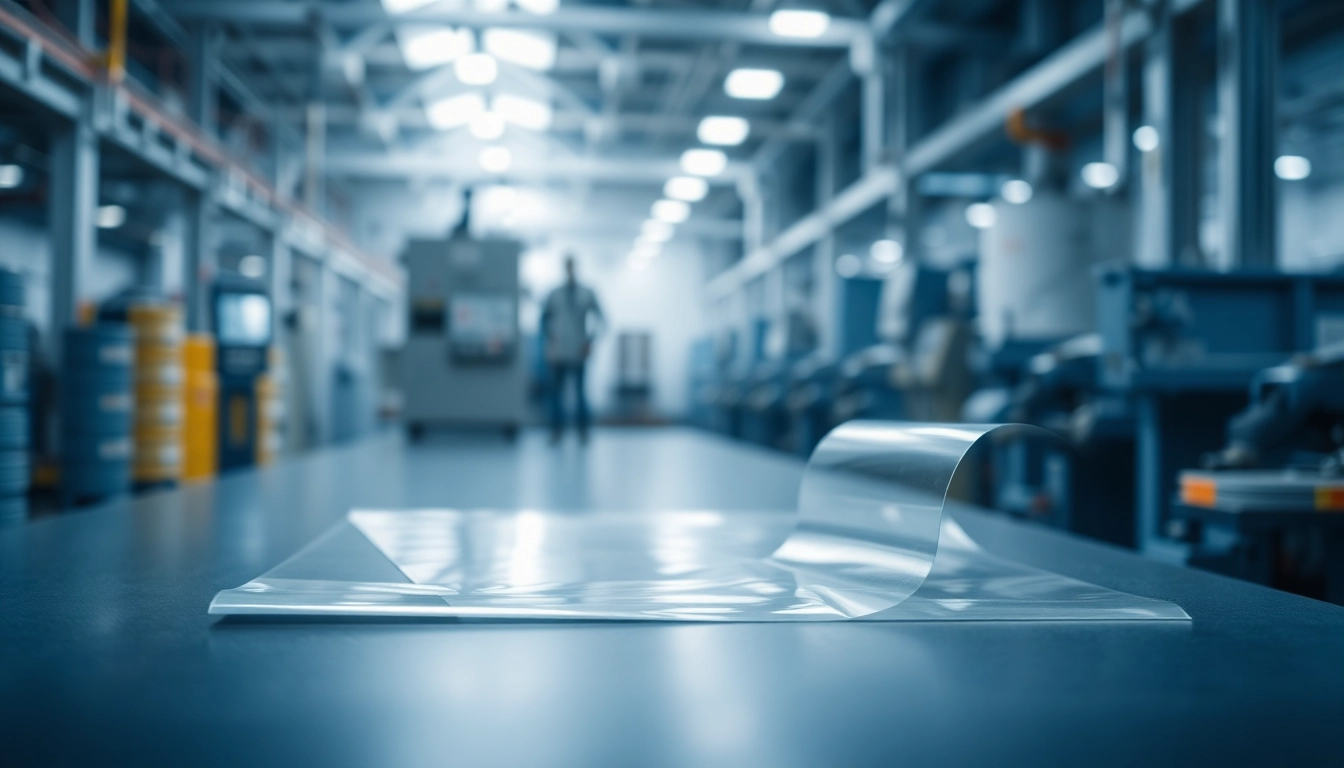Enhancing Composite Manufacturing with Infusion Resins Techniques
Understanding Infusion Resins
Infusion resins are a class of materials specifically formulated to be employed in the resin infusion process, a widely used method for manufacturing composite parts. This method depends on the application of vacuum pressure to drive liquid resin into a dry fiber laminate. The essence of infusion resins lies in their low viscosity, which allows for smooth flow across the fibers, ensuring minimal voids and maximizing the material’s strength and durability. Proper utilization of infusion resins not only enhances the robustness of composites but also contributes to precise control over the production process, making it a go-to choice across various industries.
What Are Infusion Resins?
Infusion resins are typically thermosetting polymers that harden when exposed to a curing agent or heat. They are specially designed to be utilized in vacuum infusion and similar manufacturing processes, where a vacuum is applied to remove air from the mold and to aid the flow of resins into the fibrous material. Their formulation allows for a wide variety of composites to be produced, which can range from lightweight panels to structural components used in multiple applications, including marine, automotive, aerospace, and wind energy. Notably, the infusion of resin is usually performed at low pressures to maintain the integrity of the fibers and to ensure a uniform distribution of resin throughout the structure.
Key Properties and Benefits
The effectiveness of infusion resins is attributable to several key properties:
- Low Viscosity: This property allows infusion resins to easily permeate through dry fibers, providing better wet-out characteristics and reducing the risk of air entrapment.
- High Strength: Resins used in this context typically exhibit impressive mechanical properties once cured, contributing to high strength-to-weight ratios essential in composite manufacturing.
- Toughness: Infusion resins offer great resistance to impact and fatigue, enhancing the overall durability of the composite structures.
- Transparency: Some infusion resins can be formulated for high clarity, allowing aesthetic applications where visual appeal is important.
- Controlled Cure Times: Many infusion resins are engineered to provide predictable and adjustable cure times, enabling the manufacturing process to be tailored precisely to the specific application requirements.
Applications in Composite Manufacturing
The versatile nature of infusion resins makes them suitable for a range of applications in composite manufacturing, including:
- Aerospace: Known for their lightweight and high-strength characteristics, infusion resins are employed to fabricate aircraft components.
- Marine: These resins are commonly used for constructing boats and yachts due to their excellent resistance to moisture and corrosion.
- Automotive: In the automotive industry, infusion resins are utilized to create lightweight parts that enhance fuel efficiency and performance.
- Wind Energy: Infusion processes play a pivotal role in the manufacturing of wind turbine blades, requiring materials that can withstand extreme environmental conditions.
- Sports Equipment: Infusion resins are also used to manufacture high-performance sporting goods, such as surfboards and bicycles, where strength and weight distribution are critical factors.
Types of Infusion Resins
Infusion resins can be categorized mainly into three types based on their chemical composition:
Epoxy Infusion Resins
Epoxy infusion resins are renowned for their excellent adhesion properties, high strength, and resistance to environmental factors. The curing process typically involves the mixing of resin and hardener, leading to a thermosetting polymer that becomes a resilient, durable material once cured. These resins are particularly favored in applications where high structural integrity is essential, such as aerospace and automotive components.
Polyester Infusion Resins
Polyester infusion resins are another common option, known for their cost-effectiveness and ease of use. They generally offer lower mechanical properties than epoxy but are adequate for less demanding applications. They cure quickly and can be mixed with various fillers and additives to modify their characteristics. Polyester resins are often utilized in marine applications and the production of larger parts, where cost efficiency is a priority.
Vinylester Infusion Resins
Vinylester infusion resins bridge the gap between epoxy and polyester. They have superior strength compared to polyesters and better resistance to water and chemicals, making them suitable for demanding marine and chemical industry applications. Vinylester resins provide a good balance between performance and cost, suitable for composite parts that require both strength and environmental resilience.
Best Practices for Using Infusion Resins
Successfully utilizing infusion resins relies on adhering to best practices throughout the process. Key considerations include:
Preparing the Workspace
Before starting any infusion process, ensuring the workspace is clean and well-organized is vital. This includes preparing the mold, ensuring it is properly released and free of contaminants. Adequate ventilation is necessary when working with resins due to potential fumes, and all personal protective equipment should be worn to safeguard against chemical exposure.
Mixing and Applying Infusion Resins
Mixing resin and hardener accurately is critical for achieving the desired properties without defects. Following manufacturer guidelines for ratios and mixing techniques helps ensure optimal performance. It is recommended to mix resins in small batches to maintain workability and prevent premature curing. When applying the infusion resin, creating a vacuum seal is crucial to eliminate air pockets and ensure a thorough flow throughout the fiber laminate.
Curing and Finishing Techniques
The curing stage is essential for developing the mechanical properties of the composite. Monitoring temperature and humidity levels during the curing process can significantly influence the final product’s performance. Depending on the system, some resins might require secondary curing with heat or additional agents. Finally, any post-curing processes, such as sanding and finishing, should be approached with care to avoid compromising the integrity of the composite.
Challenges in Infusion Resin Applications
Despite their advantages, several challenges often arise when working with infusion resins:
Common Issues and Solutions
One of the most prevalent issues is achieving complete wet-out of the fiber. This can lead to voids that compromise the structural integrity of the part. Solutions involve optimizing the infusion process by controlling the vacuum level, using appropriate resin infusion methods, and ensuring the fibers are adequately prepared. Providing adequate time for the resin to flow and cure is also essential to mitigate this problem.
Quality Control Measures
Implementing robust quality control measures throughout the infusion process is crucial. Routine inspection of the composite parts ensures dimensions, weight, and visual appearance adhere to specifications. Employing techniques such as ultrasound or X-ray can help detect internal voids or defects that may not be visible externally.
Environmental Considerations
Working with infusion resins poses environmental challenges, particularly regarding VOC emissions and waste management. Utilizing low-VOC formulations and improving recycling practices can help mitigate these environmental impacts. Additionally, workers should be trained in handling these materials responsibly to minimize exposure and overall environmental footprint.
Future Trends in Infusion Resins
As technology evolves, so too does the field of composite materials, including infusion resins. Several trends are shaping the future in this area:
Sustainability in Resin Formulation
With increasing pressure to adopt environmentally responsible practices, the formulation of infusion resins is shifting towards sustainable materials. Bio-based resins derived from renewable resources are gaining popularity, offering lower environmental impact while maintaining performance. The development of non-toxic and recyclable infusion resins is also on the rise.
Advancements in Material Science
Ongoing research in material science is leading to the integration of advanced technologies in resin formulation. Innovations include the incorporation of nanomaterials, which can enhance mechanical properties and thermal stability. Smart resins that can monitor their own condition and report data during the infusion process are also emerging, promising to revolutionize quality control in composite manufacturing.
Market Predictions and Innovations
The infusion resin market is expected to see significant growth as demand for lightweight and high-performance materials continues to rise globally. Innovations in processing techniques, such as automated infusion systems, are likely to become more commonplace, improving efficiency and reducing labor costs. Ultimately, these developments will facilitate the widespread adoption of composite materials in new sectors, ranging from construction to sports equipment.














Post Comment